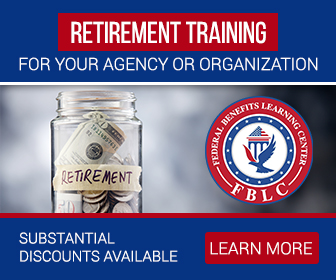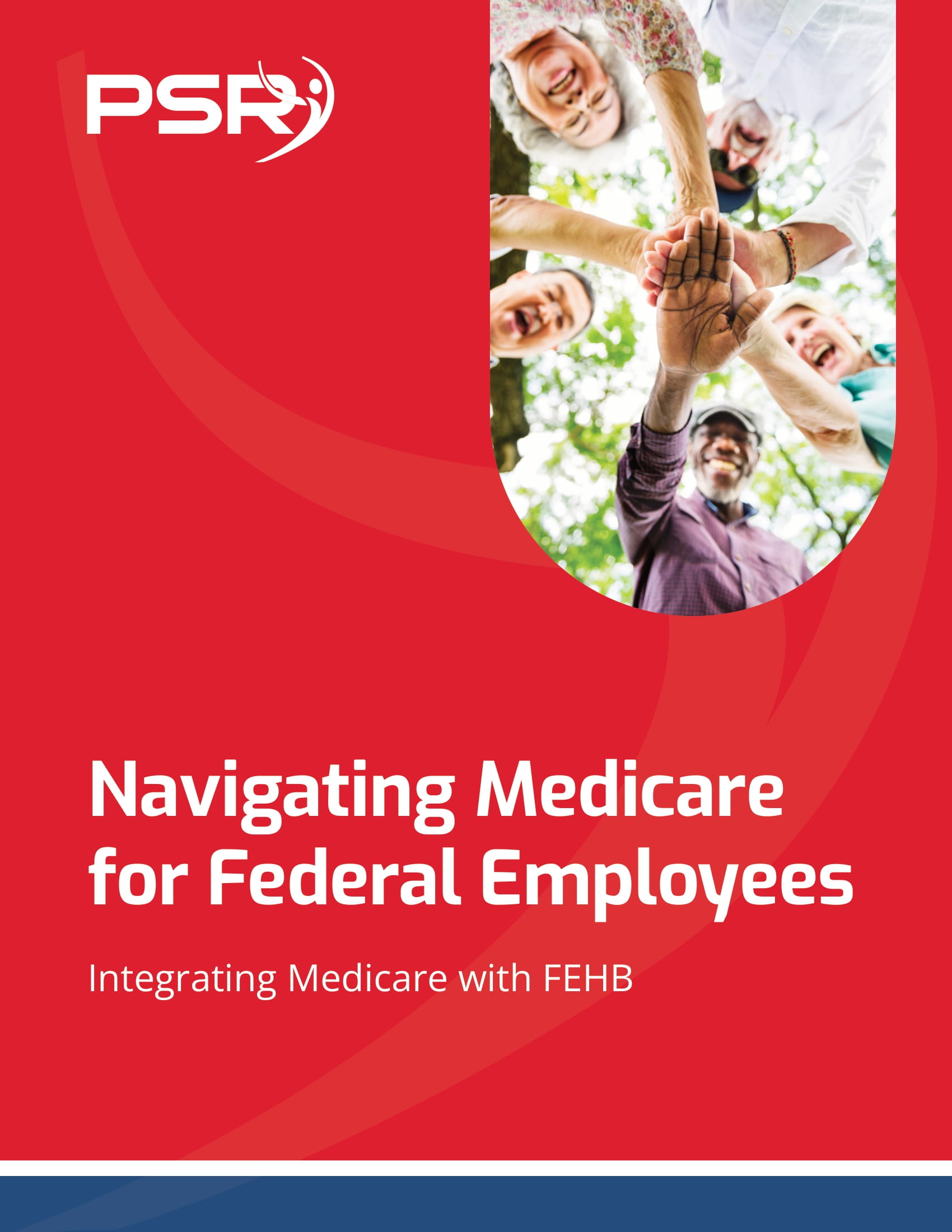Thrift Savings Plan
 The Thrift Savings Plan (TSP) is a retirement account and Federal Retirement benefit and Postal Benefit similar to 401(k) plans offered to employees of private corporations. Your TSP.gov account can be a great savings vehicle, which offers a contribution ‘matching’ by the government, which, along with the employee’s savings can create a significant retirement nest egg for Federal and Postal employees as well as other eligible participants.
The Thrift Savings Plan (TSP) is a retirement account and Federal Retirement benefit and Postal Benefit similar to 401(k) plans offered to employees of private corporations. Your TSP.gov account can be a great savings vehicle, which offers a contribution ‘matching’ by the government, which, along with the employee’s savings can create a significant retirement nest egg for Federal and Postal employees as well as other eligible participants.
- Also Read: FAA, Law Enforcement, and Special Federal Employee Categories—Here’s What Makes Their Retirement Unique
- Also Read: Blending Private and Public Sector Retirement Plans Is Complicated—Here’s Where Couples Get It Wrong
- Also Read: The Silent Shift in Postal Service Retirement Benefits That Could Change Everything by 2026
For CSRS eligible retirees, the Thrift Savings Plan is a supplement to the Civil Service Retirement System (CSRS) annuity.
Features
The federal retirement plan: thrift savings plan provides the following benefits:
• Five basic investment options
• Professionally designed life cycle funds is one feature of the diversified investment options it provides
• It gives a choice of tax treatment options (Roth TSP, and Traditional)
• Tax-deferred investment earnings
Traditional versus Roth Thrift Savings Plan
Employees are eligible to contribute to either plan given total contributions to both do not exceed the deferral limit set by IRS. This limit changes from year to year.
Contributions are deducted from an employee’s gross salary in a traditional Thrift Savings Plan and this deduction results in current-year tax savings. Federal and income taxes are paid when funds are withdrawn at retirement, and the earnings grow on a tax-deferred basis until those withdrawals are made.
Contributions are deducted from an employee’s after tax income in the Roth TSP but there are no taxes to be paid upon withdrawal and earnings grow tax-free as long as the funds remain in the Roth TSP.
When is a Roth Thrift Savings Plan Suitable?
As a general rule, the lower your current tax bracket is today, the more suitable the Roth TSP is for you. This is because of the growth on your Roth TSP will be tax free assuming you take it out after 59 1/2 and if you don’t need to current tax-deduction then the tax-free compounding of your growth can be a real advantage.
Establishing an Account
The earlier you start contributing to your Thrift Savings Plan in your career the greater you will benefit through compounding. This could increase your retirement income substantially.
Your first contribution to the account will establish it, whether it is individually or through your agency (more information can be found at TSP.gov). You are automatically enrolled in this account if you a FERS employee who was hired after July 31, 2010. Every pay period, 3% from your basic pay is deducted and deposited in the account. You can also elect to stop or change the deductions by visiting www.TSP.gov. You will need your TSP.gov login to access the information available to you through the site.
Click HERE for information on Thrift Savings Plan
Click HERE for information on FERS
Click HERE for login information on TSP.gov
Click HERE for access to LiteBlue








